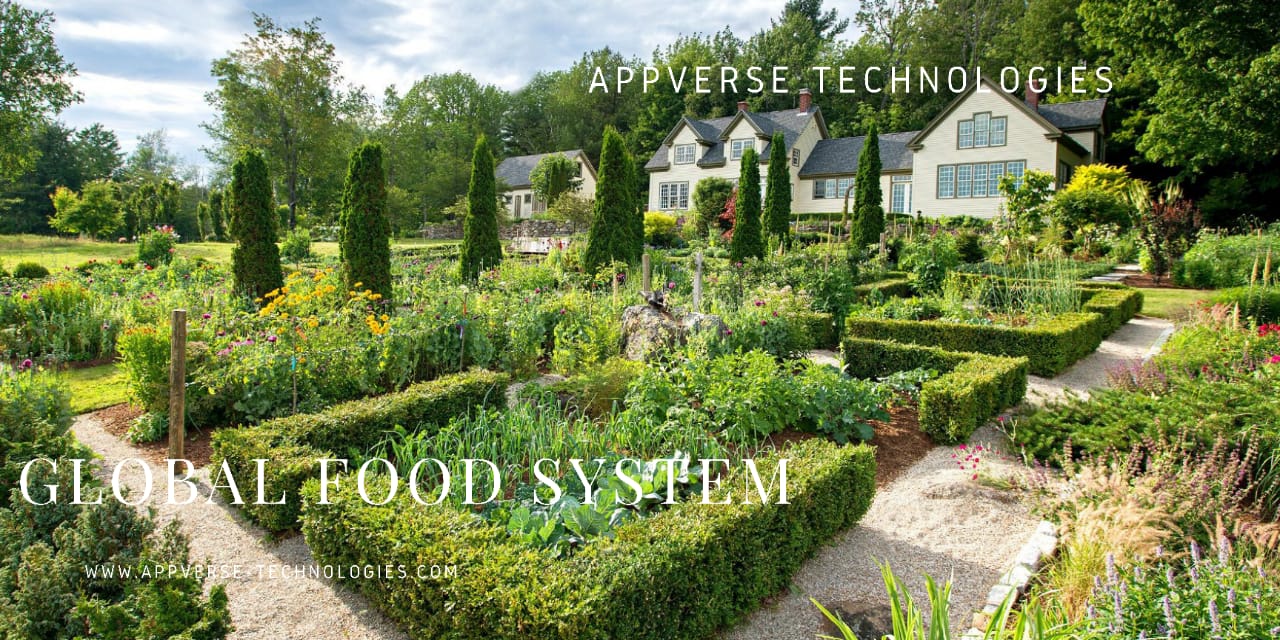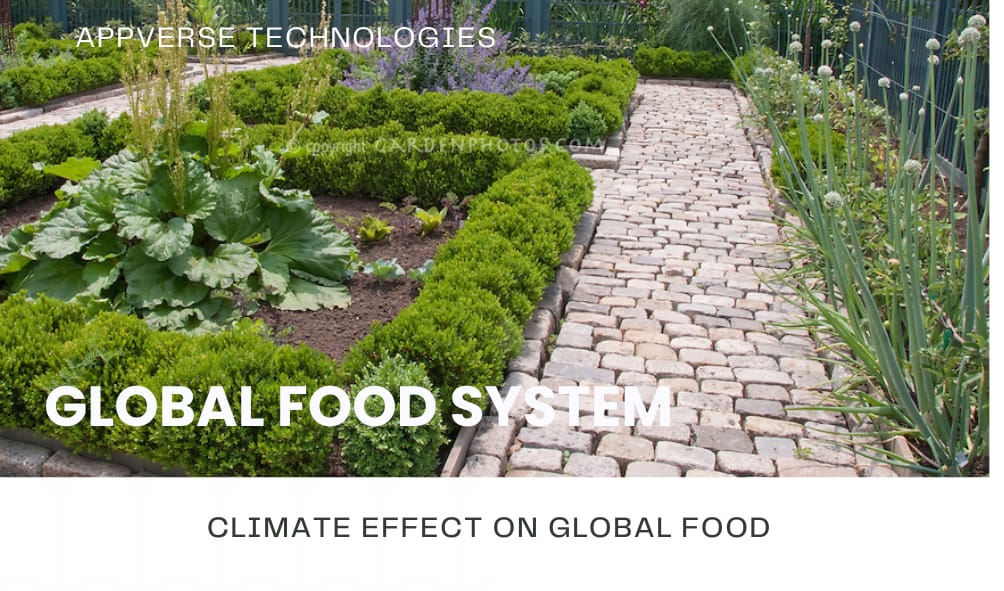
“Climate change is one of the most pressing issues of our time, and its effects are being felt across the globe. Rising temperatures, changing precipitation patterns, and increased frequency of extreme weather events are all having a profound impact on our planet’s ability to produce food. The global food system, which is already struggling to meet the demands of a growing population, is facing unprecedented challenges as a result of climate change. From drought-stricken crops to flooded farms, the consequences of climate change are far-reaching and devastating. In this blog post, we’ll explore the impact of climate change on global food systems, and discuss the ways in which we can work towards a more sustainable and resilient food future.”
Some potential statistics to include in the introduction:
- The world’s top 14 food-crop growing regions are expected to experience a 10-20% decline in crop yields by 2050 due to climate change (Source: IPCC)
- 30% of global crop and livestock production is at risk due to climate change (Source: FAO)
- Climate change is projected to increase the number of people at risk of hunger by 10-20% by 2050 (Source: IPCC)
- Climate change is projected to increase the number of people at risk of hunger by 10-20% by 2050 (Source: IPCC)

Changing the climate is a complex and multifaceted issue
here are some ways we can work towards mitigating climate change:
Reduce Greenhouse Gas Emissions:
- Transition to renewable energy sources like solar, wind, and hydroelectric power.
- Increase energy efficiency in buildings and homes.
- Electrify transportation and promote electric vehicles.
Carbon Capture and Storage:
- Develop and deploy carbon capture technologies.
- Store carbon dioxide in geological formations or utilize it in products like concrete.
Protect and Restore Natural Carbon Sinks:
- Preserve and expand forests, wetlands, and oceans that absorb carbon dioxide.
- Promote sustainable land-use practices and reforestation efforts.
Implement Climate-Smart Agriculture:
- Practice regenerative agriculture, agroforestry, and permaculture.
- Use cover crops, crop rotation, and organic amendments to enhance soil health.
Reduce Waste and Methane Emissions:
- Implement waste reduction, recycling, and composting programs.
- Capture methane emissions from landfills and agricultural activities.
Eat a Plant-Based Diet:
- Animal agriculture contributes to greenhouse gas emissions; reducing meat consumption can help.
Support Climate Change Policy and Research:
- Advocate for climate policies and international agreements.
- Fund research and development of climate change mitigation technologies.
Educate and Engage Communities:
- Raise awareness about climate change causes and consequences.
- Encourage individual actions and community-led initiatives.
Develop Climate-Resilient Infrastructure:
- Design and build infrastructure that can withstand extreme weather events.
Support Sustainable Development:
- Foster economic growth and development that prioritizes environmental sustainability.

The Global Food System
The global food system refers to the complex network of processes, activities, and stakeholders involved in the production, processing, transportation, marketing, and consumption of food worldwide. It encompasses:
- Agriculture: Farming, livestock, and fisheries that produce raw materials.
- Food processing: Transforming raw materials into consumable products.
- Food manufacturing: Creating packaged and branded products.
- Transportation and logistics: Moving food from farms to processing facilities, and then to markets and consumers.
- Marketing and distribution: Promoting and delivering food products to retailers and consumers.
- Retail and food service: Selling food to consumers through various channels (e.g., supermarkets, restaurants).
- Consumption: Individuals and households purchasing and consuming food.
The global food system is shaped by factors like:
- Economic forces (trade, markets, prices)
- Political and regulatory frameworks (policies, laws, international agreements)
- Social and cultural influences (food preferences, dietary habits)
- Environmental and technological advancements (sustainability, innovation)
The global food system aims to provide:
- Food security (availability, access, utilization, stability)
- Nutrition and health
- Economic development and livelihoods
- Environmental sustainability
However, the system faces challenges like:
- Hunger and malnutrition
- Food waste and loss
- Climate change and environmental degradation
- Social and economic inequalities
Improving the global food system requires addressing these challenges and ensuring a more equitable, sustainable, and resilient food future for all.
The Devastating Impact of Climate Change on Global Food System
Climate change is wreaking havoc on our planet, and one of the most vulnerable sectors is our global food system. Rising temperatures, changing precipitation patterns, and increased frequency of extreme weather events are all taking a toll on agriculture, food production, and distribution. In this blog, we’ll explore the far-reaching consequences of climate change on global food systems and the imperative need for sustainable solutions.
Effects on Agriculture:
- Changing Growing Seasons: Warmer temperatures are altering the timing of growing seasons, causing crops to bloom earlier, and disrupting pollination.
- Drought and Water Scarcity: Changes in precipitation patterns lead to droughts, affecting crop yields and water availability for irrigation.
- Increased Pests and Diseases: Warmer temperatures enable the spread of pests and diseases, further reducing crop yields.
- Soil Degradation: Climate change exacerbates soil erosion, nutrient depletion, and salinization, making it harder to maintain fertile soil.
Consequences for Food Production and Distribution:
- Reduced Crop Yields: Climate-related stresses lead to decreased crop yields, impacting food availability and quality.
- Food Price Volatility: Climate-related shocks to food systems drive price fluctuations, affecting food access and affordability.
- Supply Chain Disruptions: Extreme weather events and changing weather patterns disrupt transportation, storage, and distribution networks.
- Food Insecurity and Malnutrition: Climate change exacerbates existing food security challenges, particularly for vulnerable populations.
Solutions for a Resilient Food Future:
- Sustainable Agriculture: Practices like regenerative agriculture, agroforestry, and conservation agriculture enhance soil health, biodiversity, and ecosystem services.
- Climate-Smart Agriculture: Implementing climate-resilient crop and animal varieties, and integrating climate information into agricultural decision-making.
- Water Management: Improving irrigation efficiency, water harvesting, and conservation to address water scarcity.
- Food Waste Reduction: Implementing circular economy approaches to minimize food waste throughout the supply chain.
- International Cooperation: Global agreements, climate-resilient infrastructure, and knowledge sharing to address the global nature of climate change.
Conclusion:
The impact of climate change on global food systems is far-reaching and devastating. It’s crucial we adopt sustainable practices, support climate-resilient agriculture, and prioritize food security for all. The future of our planet and its inhabitants depends on our collective action to mitigate climate change and ensure a resilient food system for generations to come.
Some potential statistics to include:
- 30% of global crop and livestock production is at risk due to climate change (FAO)
- 2 billion people globally face moderate to severe food insecurity (FAO)
- 1/3 of all food produced globally is lost or wasted (FAO)
- Climate change could lead to a 10-20% decline in global food production by 2050 (IPCC)

Saving the global food system from the impacts of bad climate
Here are some strategies to help mitigate the effects of climate change on food systems, followed by a conclusion:
Sustainable Agriculture:
- Practice regenerative agriculture, agroforestry, and conservation agriculture.
- Promote soil health, biodiversity, and ecosystem services.
Climate-Smart Agriculture:
- Develop and deploy climate-resilient crop and animal varieties.
- Implement climate information and early warning systems for farmers.
Water Management:
- Improve irrigation efficiency and water harvesting.
- Enhance water conservation and reduce waste.
Food Waste Reduction:
- Implement circular economy approaches to minimize food waste.
- Encourage food recovery, recycling, and redistribution.
Food System Transformation:
- Foster sustainable food value chains and supply chains.
- Promote sustainable consumption patterns and diets.
International Cooperation:
- Strengthen global agreements and frameworks (e.g., Paris Agreement, SDGs).
- Enhance climate-resilient infrastructure and knowledge sharing.
Support Small-Scale Farmers:
- Provide training, credit, and market access for climate-resilient agriculture.
- Empower women and youth in agriculture.
Climate Change Adaptation and Resilience:
- Develop and implement climate change adaptation plans.
- Enhance disaster risk reduction and management.
Conclusion:
The global food system faces significant threats from climate change, but by implementing these strategies, we can build a more resilient and sustainable food future. It requires a collaborative effort from governments, farmers, consumers, and the private sector to transform our food systems and ensure food security for all. We must act now to mitigate the impacts of climate change and create a food system that nourishes both people and the planet. Together, we can achieve a climate-resilient food future for generations to come.
